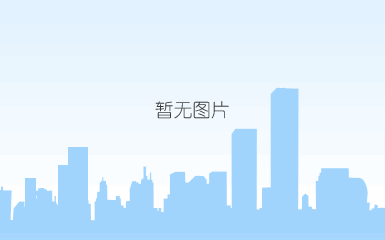(双语新闻)财新pmi显示9月份中国制造业略有增长
an independent gauge of china’s manufacturingsector pointed to a return to slight growth inseptember following a period of stagnation in august.
一家独立机构推出的中国制造业指标,显示在经历了8月份的停滞期之后,中国制造业在9月份重新回到了略微增长行情。
the caixin-markit manufacturing purchasing managers’ index for september came in at 50.1,barely above the 50-point marker separating growth from contraction after landing on it inaugust to indicate neither one.
财新(caixin)/markit这一制造业采购经理人指数(pmi)在9月份的读数为50.1,刚刚超过50的荣枯线。该荣枯线用来区分相关产业活动是增长还是收缩,而今年8月的读数就正好是50,显示制造业活动既不增长、也不收缩。
the latest reading was in line with a median forecast calling for the same from economists.
9月份这一最新读数,符合经济学家的预期中值。
the caixin gauge is normally published on the first of each month shortly after the official pmifrom china’s national bureau of statistics released, but the latter is scheduled to be released onsaturday.
财新的指数通常会在每个月的第一天发布,就在中国国家统计局(national bureau of statistics)发布官方pmi指数之后很快发布。然而,这一次后者则定于在周六发布。
the official gauge focuses on larger state firms, while the caixin pmi concentrates on smaller-scale private firms with less access to lending and government support, meaning readings formthe two often diverge.
官方的pmi指数主要关注较大的国有企业,而财新pmi指数则集中于规模较小的民营企业,它们获得的贷款和政府支持都要更少一些。出于这个原因,两者的读数往往会出现分歧。
while the caixin survey for september pointed to continued if slight expansion of output andnew orders, with those from abroad generally stable.
财新9月份的调查结果显示出,由于来自海外的新订单总体保持平稳,产出和新订单都继续增长了——尽管是略微增长。
costs rose for a third straight month, prompting producers to raise factory gate prices at aquicker clip.
不过,成本也连续第三个月上扬,促使生产商以更大幅度提升了出厂价。
but gains were marginal and employers continued to shed jobs, dealing a blow to theiroperating capacity and driving up outstanding business.
不过,上述增长幅度还是很低,而用人单位还在继续裁撤工作岗位——从而对产能造成压力,并推升了积压工作量。

